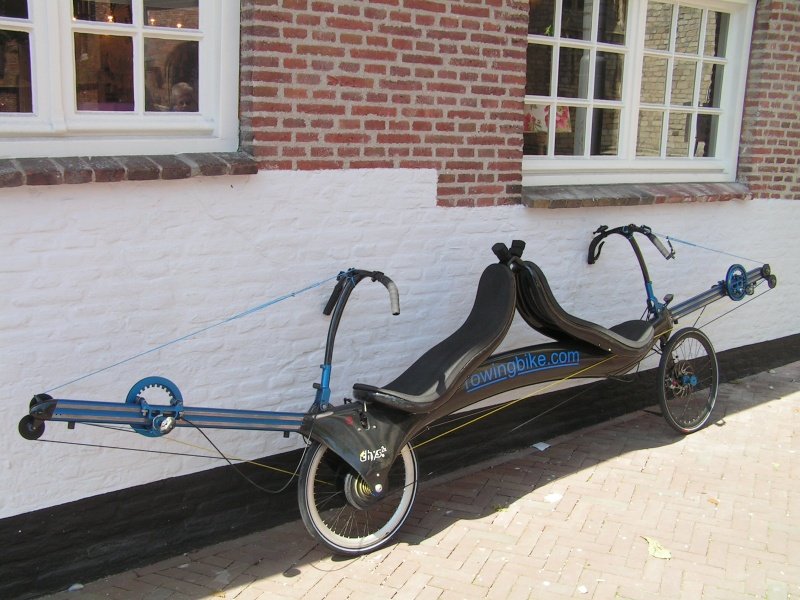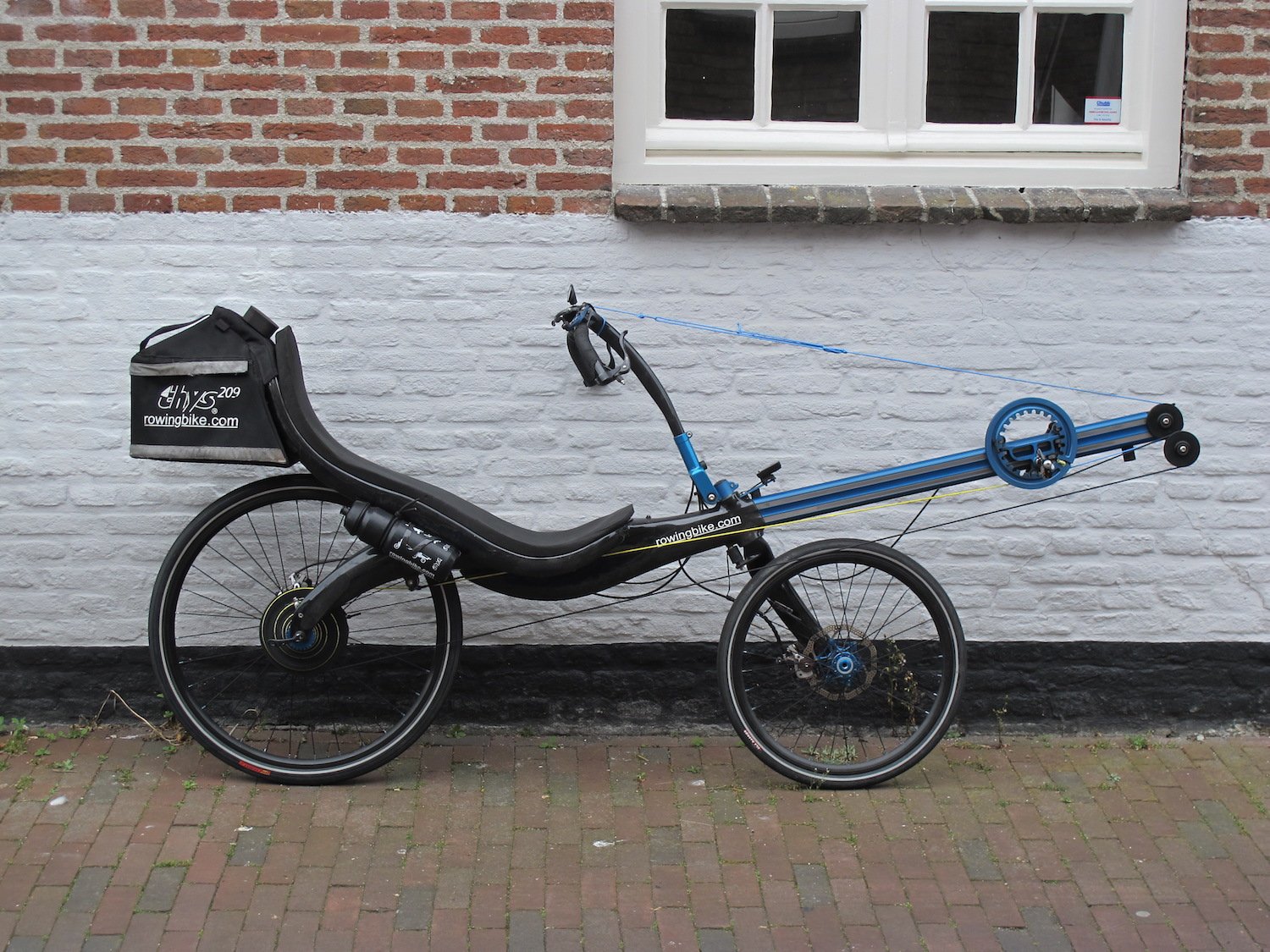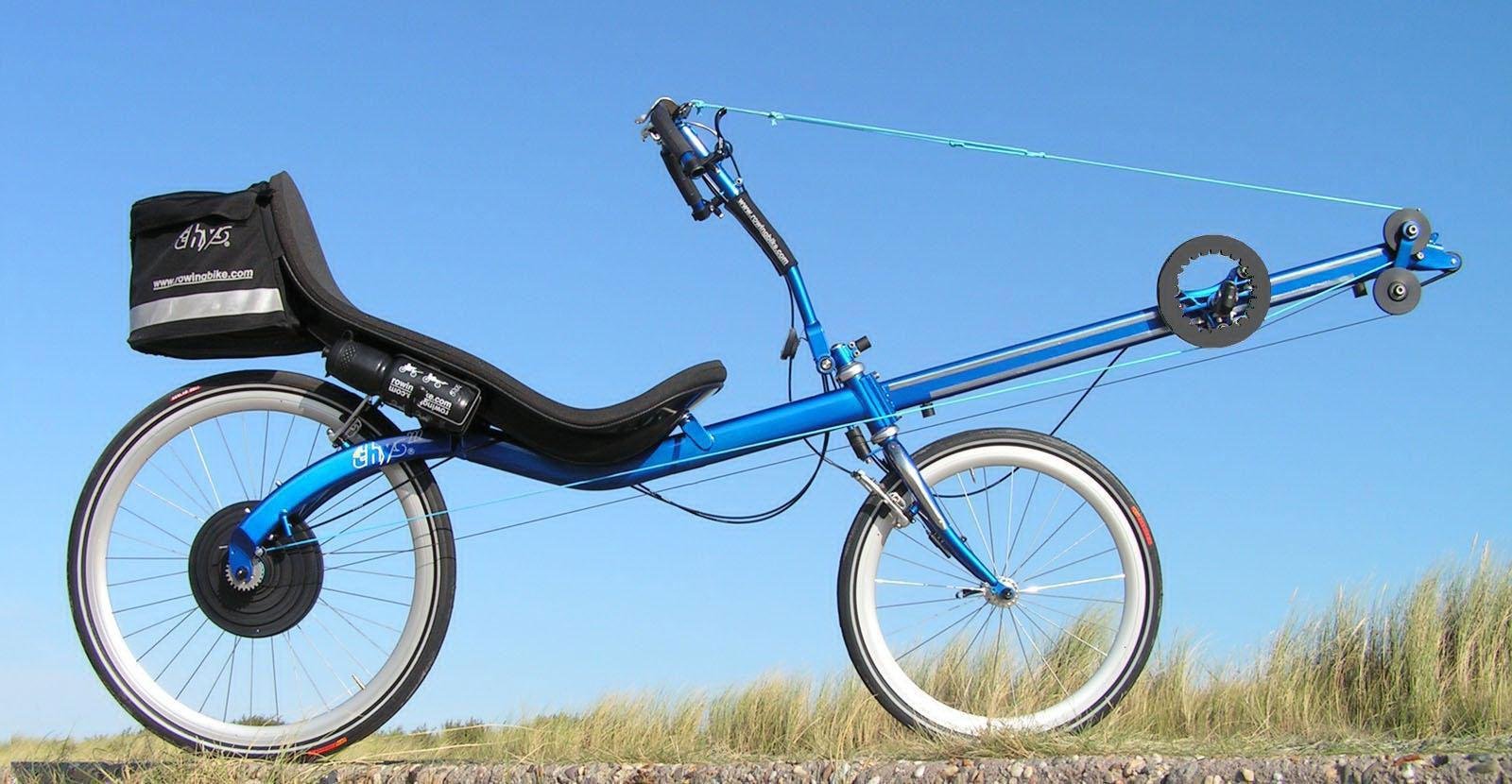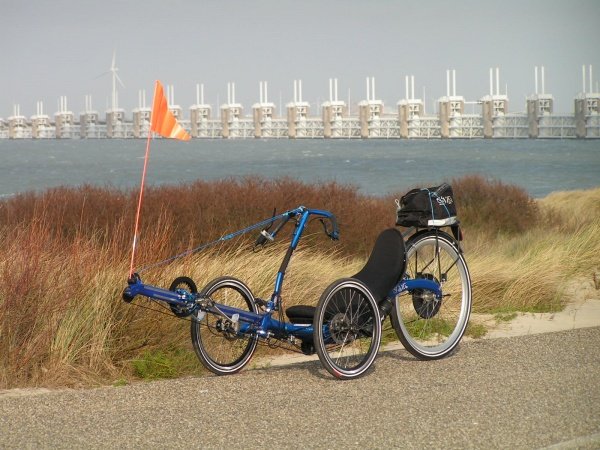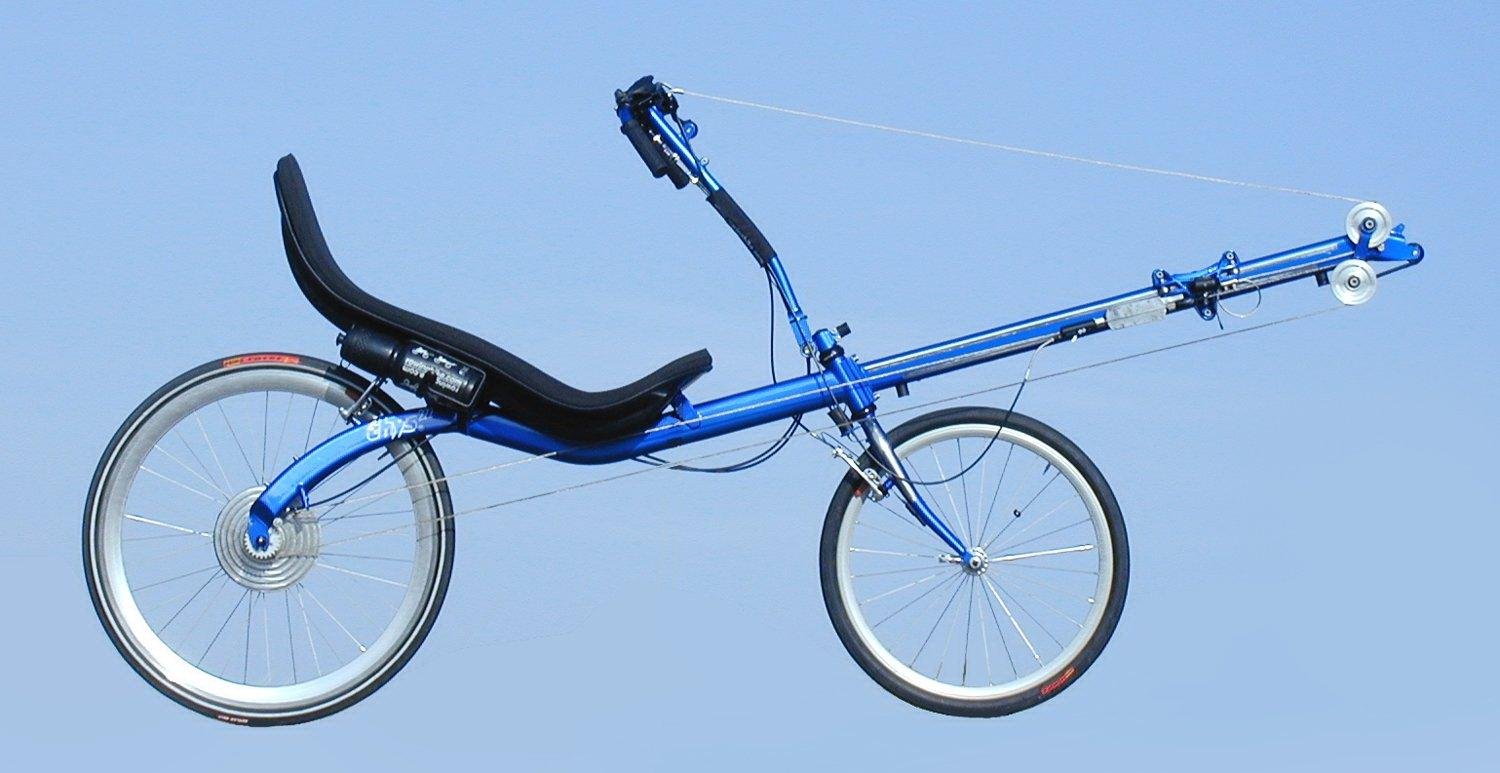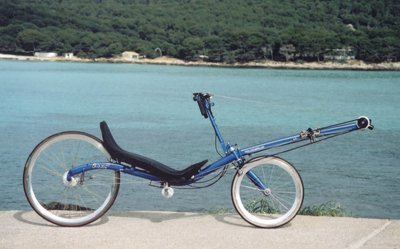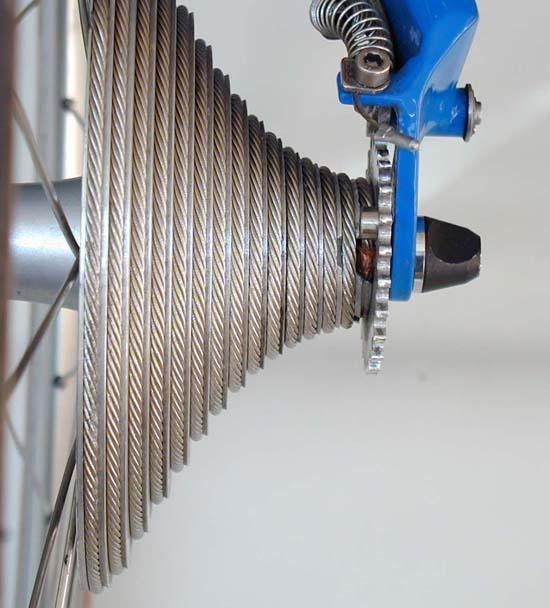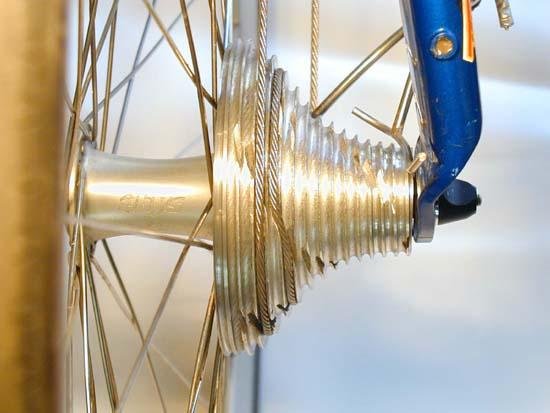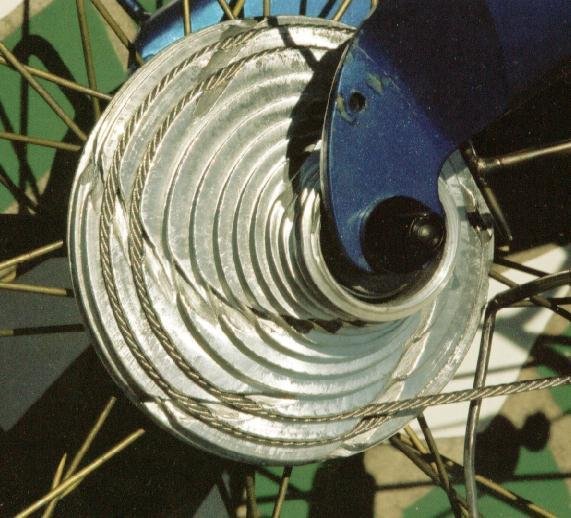Deze site gebruikt cookies om ons websiteverkeer te analyseren, functies voor social media te bieden en content en advertenties te personaliseren. Ook delen we informatie over uw gebruik van onze site met onze partners voor social media, adverteren en analyse. Deze partners kunnen deze gegevens combineren met andere informatie die u aan ze heeft verstrekt of die ze hebben verzameld op basis van uw gebruik van hun services. Meer informatie

